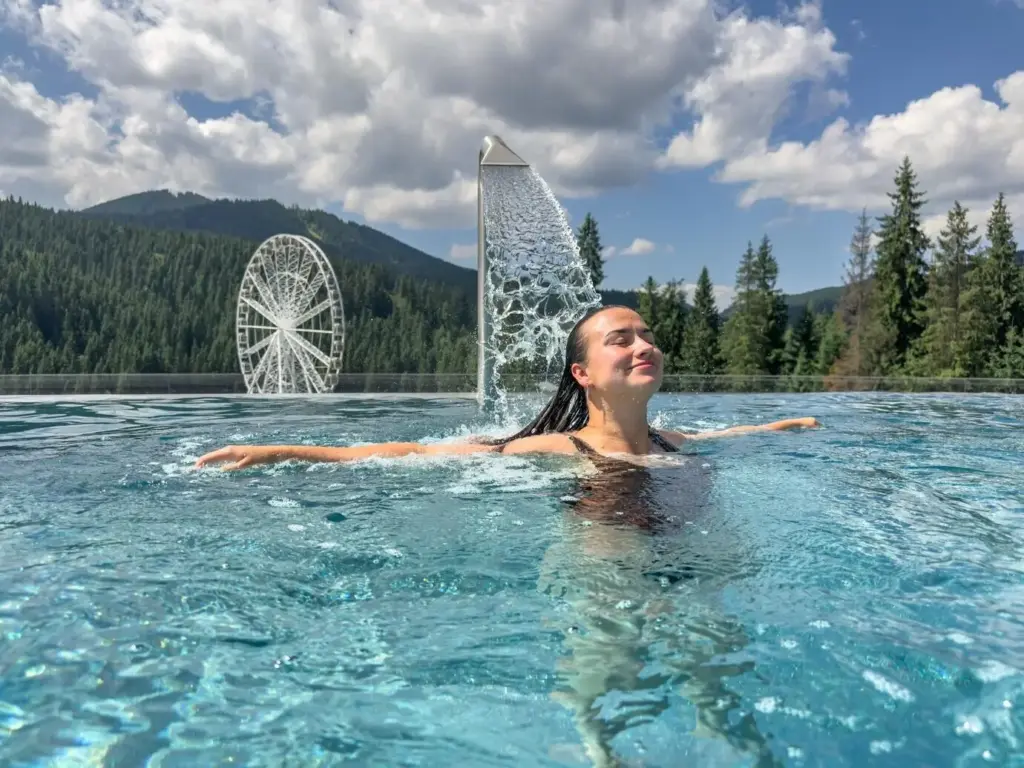Rise Lighter, Move Freer
Today we dive into aquatic therapy and rehabilitation programs for adults, exploring how buoyancy, warmth, and gentle resistance create a safer path to strength, balance, and pain relief. Expect science-backed guidance, real stories, and practical steps you can start using this week.




Why Water Accelerates Recovery
Water reduces gravitational load on joints while offering uniform resistance, allowing adults to rebuild strength and mobility with less pain and risk. Hydrostatic pressure supports circulation, warmth calms protective muscle guarding, and the environment boosts confidence so meaningful progress becomes achievable, measurable, and enjoyable.
Starting Safely and Confidently
A thoughtful beginning sets the tone for sustainable improvement. Clarify medical considerations, define measurable outcomes that matter to your life, and shape sessions around comfort, enjoyment, and consistency. With clear preparation, each visit becomes a positive feedback loop that fuels the next.

Techniques that Build Strength and Mobility
Effective sessions blend aerobic conditioning, targeted strengthening, and balance training, progressing from supported to more challenging positions. Leveraging buoyancy tools and drag-based resistance, adults can practice demanding patterns safely, translating gains into practical abilities like carrying groceries, playing with grandchildren, and returning to meaningful recreation.

Arthritis and Joint Replacement Care
Shallow-water gait drills, step-ups on submerged platforms, and gentle hip abduction against drag reduce stiffness and improve confidence. Use warmth and gradual tempos to ease into motion, then introduce task-specific challenges like car transfers or tub entries rehearsed safely with rails and guidance.

Neurological Recovery and Balance
Use wider stances, tactile landmarks on the pool floor, and dual-tasking with soft tosses to rebuild coordination. Hydrostatic pressure enhances sensory feedback, while therapist contact can fade gradually. Celebrate small wins like steadier turns or longer single-leg holds, which accumulate into meaningful independence.


Designing a Week You Can Sustain
Consistency beats intensity. Plan two to four pool sessions, mixing skill practice, aerobic conditioning, and recovery work. Pair these with short land-based mobility or strength snacks. Track energy, pain, and sleep to calibrate effort so improvements feel steady, realistic, and personally meaningful.

Community, Motivation, and Support
Recovery thrives in good company. Seek instructors who listen, classmates who cheer, and programs that honor your life context. Sharing weekly wins, asking questions, and inviting a friend make commitment easier, while accountability nudges you forward when enthusiasm feels thin or fragile.

All Rights Reserved.